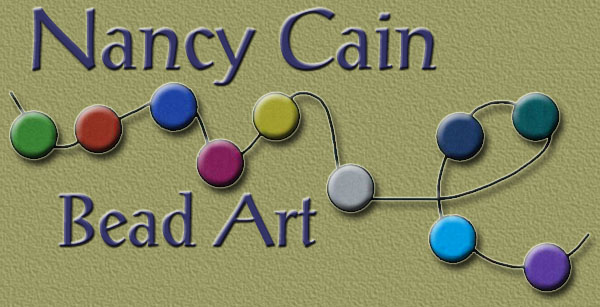
|
|
|
|
|||||
Beads are a unique decorative element. Despite its centuries-old history, it is not "getting old", does not lose popularity. Reasons for this are many: a huge variety of techniques work with him, and the incredible beauty of products made from beads or decorated with them.
Historical roots Modern beads are tiny glass beads with a through hole. Therefore it is not surprising that the history of its origin is closely intertwined with the development of glassmaking. There are many legends about its invention. Actually the name "beads" has Arabic roots and is translated as "false pearls". The first beads were of course bigger in size, and did not have the same variety of shapes and colors as today. Used it mainly for jewelry, and only expensive, "status".
Mentioned in the history of beads and the famous beaded necklace of the Sun, which were worn by ancient Egyptian pharaohs as a symbol of power. Were widespread beads and products from it also in Ancient Rome, Byzantium, later in Venice. By the way, the latter, thanks to skilled glass masters from the famous island of Murano, for a very long time was the capital of glass and bead industry. Until it in XVIII century was slightly pushed aside Bohemia (Czech Republic). Part of the culture But not only these countries "made friends" with beads. For many African tribes beads, imported by Europeans, long served as currency. Later it was used for its direct purpose: for decoration of suits, weaving jewelry. As a national feature of African beadwork can be noted the traditional round rigid collar-necklaces worn by Maasai women of Kenya. African beadwork is so colorful that even today the local population and tourists love it.
Beadwork is also developing in North America, "patented" by the Indians, and in India. For them, beadwork also emphasized a person's status, family status, etc. In addition, they adorned with beads many items with magical and ritual value. By the way, in addition to the familiar methods of working with beads (embroidery, weaving, weaving), used an interesting way of inlaying beads on various products, jewelry. To us, beads "brought" also for a long time. Loved the ornaments made of them in the Scythian and Sarmatian era. But Russian fashionable women of the end of XVIII century especially took a fancy to these glass beads. Needlewomen embroidered them on ceremonial dresses, pictures, icons and images, decorated their mirrors and pendulums, spun female ornaments and rosary beads. Many works with beads were considered a work of art, beadwork was a mass production, divided into secular and folk - so fond of beads. Endless variety Our modern needlewomen took beadwork to a new level. Such a variety of beautiful products, made in all kinds of techniques, perhaps, nowhere to be found.
The most common beadwork art can probably be considered beadwork. Beadwork (embroidery) can also be done in different ways: similar to cross embroidery, or "in pins". By the way, beadwork to the taste and many designers of clothing, even very famous. Therefore, clothes with beaded embroidery - it is fashionable, stylish and "expensive". And figuratively, and literally: the cost of the beads is not a small, and actually embroidery - painstaking, time-consuming activity. Gala costumes (wedding and evening dresses) with beadwork, glass beads are very expensive. Even considerable popularity is now gained by making jewelry and accessories from beads: bracelets, necklaces, beads, earrings, phone covers, handbags and clutches. Techniques - a huge set. These cost a lot of jewelry, too, but in spite of this have a demand, because they emphasize style, personality and good taste of their owner. Few women will be indifferent at the sight of the beauty of beadwork.
Photo Credits: Nancy Cain (except where noted)
Webmaster:![]()